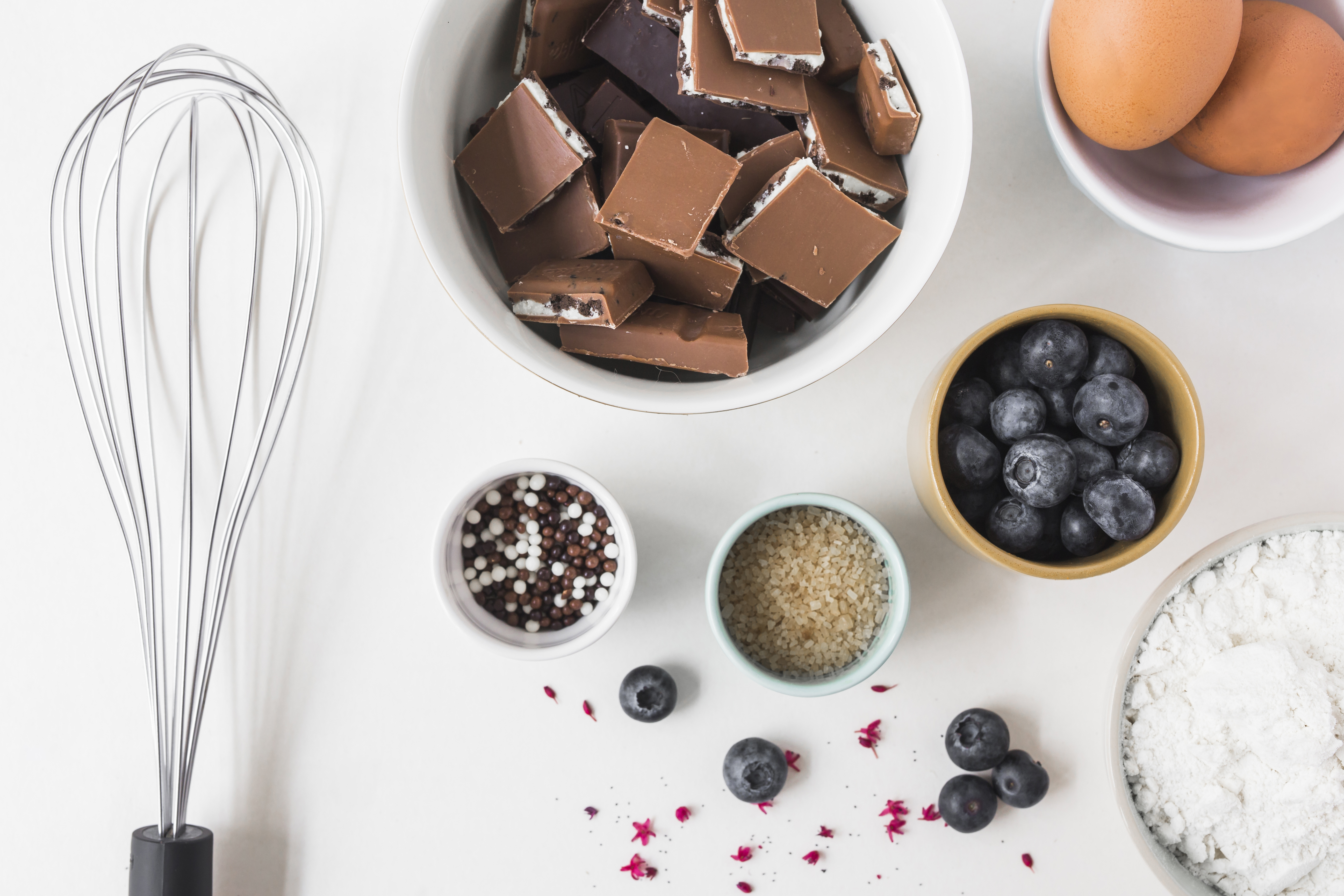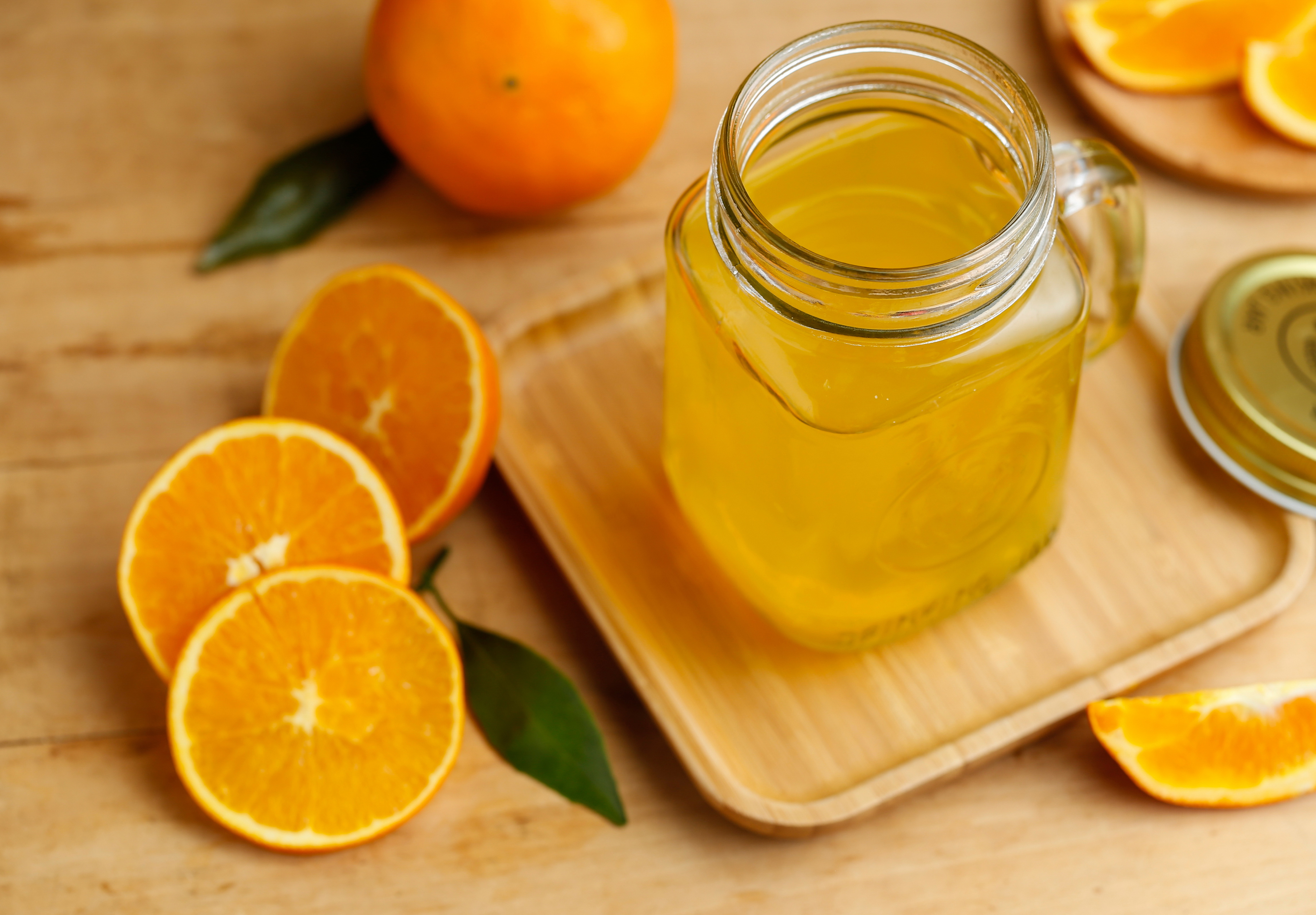What is the hypoglycemia?
Lee the complete content in Infermeravirtual.com
Hypoglycemia

A hypoglycemia is a reduction of the glucose level in the blood under tolerated levels for every person. Before the first signs, all hypoglycemia is had to discuss with hydrates of carbon simple, that is, sugar, juices, or sugary drinks.
The amount to be taken is 15 g of simple carbon hydrates and it is equivalent to:
- A glass of packed juice (150 ml)
- A glass of lemonade, naranjada or Coke (150 ml). These drinks have to be with sugar; therefore, do not have be light, “zero”, or sugar-free (sugar free).
- Three sugar cubes, or 2 envelopes of sugar, or 1.5 spoonful sugar tureen. The best it is to dissolve the sugar in water, but if it can not be, the person directly put can it to him in the mouth.
If after 10-15 minutes signs of hypoglycemia remain, the person owes return to take the same one amount of simple carbon hydrates. The takeover you can repeat until three times. Once disappeared signs and symptoms, it is owed to measure the glycemia capillary to confirm that settled the hypoglycemia is had. Once the person good is already found, has to eat complex carbohydrates, that is, bread, toasts, cereals, etc. The amount has be 20 g of complex carbohydrates and it is equivalent to:
- 40 g of bread with ham
- 4 toasts with cheese
- 30 g of all-inclusive cereals + 1 yoghurt
It is significant to take into account:
- If the person loses the conscience, does not owe him to him to give nothing for the mouth, the processing has be pharmacological, with glucagon (Glucagen Hypokit®: syringe preloaded that you can click anywhere of the body).
- If the hypoglycemia takes place before a food, it is not necessary to take the sugar or the fruit juice, but instead that you can begin the food for the fruit (simple carbon hydrates), followed by the portion of complex carbohydrates that is had ready (dough, potatoes, rice, etc.) and, below, the rest of foodstuffs (meat, fish).
- If an antidiabetic oral of the group is taken of the acarbose and the miglitol and a hypoglycemia is had, to exceed her, it is owed to take pure glucose. The pure glucose is found in the drugstore in the shape of tablets or in the normal Coke (nor light, nor “zero”, nor sugar free).
- If the hypoglycemia appears during the physical exercise, it is owed to stop the activity and to take simple carbon hydrates (for example, 150 ml of juice or 150 ml of sugary drink) and, then, to take complex carbohydrates (such as toasts with cheese or cereals). It is very significant to control subsequent glycemias, since the hypoglycemia you would be able to reproduce.
- It is very significant to take into account that the hypoglycemia induced by the intake of alcoholic drinks is not recovered with glucagon and, also, to know that the glucagon is less efficient in the treated people with sulfonilureas.
- If the conscience is not lost, it will be owed to take Coke or tablets of pure glucose, that are found in the drugstore.
- If the conscience is lost, will be owed to tell at the service of emergencies so that it manages pure glucose.
- Advice of health: Diabetes - riskfactors and conducts Advice of health: Antidiabetic oral
Hyperglycaemia and cetosis

In the case of diabetes, the hyperglycaemia is owed an excess from hydrates of carbon in the allowance or a deficit from insulin. From the dietetic point of view, the processing to be followed in each case it will be the next one:
Hyperglycaemia for excess of hydrates of carbon
Strictly follow is owed the set of general guidelines that are given for all the people with diabetes. To normalise glycemias, is owed to respect the number of meals, the type and the amount of hydrates of established carbon and, if medications are taken, strictly follow is owed the prescribed guideline in each case.
Cetosis or hyperglycaemia for deficit of insulin
The cetosis duty is been able to to:
-
An insufficient contribution of hydrates of carbon in the allowance. In this case, is distinctive that the blood glucose is low and the glucosuria (glucose in the urine) is negative or scant, but with positive ketones.
-
A deficit of insulin. In this case, the cetosis is accompanied of high blood glucose, glucosuria positive and positive ketones.
The processing will be different according to the cause:
-
If the cetosis is owed to an insufficient contribution of hydrates of carbon in the allowance, works out taking the necessary amount that the person requires, usually through the increase of the fruit.
-
When the cetosis is accompanied of high glycemias and of glucosuria intense, it will be owed to modify the processing of the insulin, following guidelines marked by the team of health, and to establish a special guideline of diet, during a maximum of 48 hours, that it will consist of:
-
Delete fats (oil, butter, nuts) and proteins (meat, fish, eggz).
-
Increase the ingestion of liquids through water, meatless vegetal broths, infusions, juices, etc. A high proportion of bodies cetónicos in the blood causes a lot malaise to the person (nauseas, appetite loss, vomits and abdominal pain); for this reason it is recommendable to take liquid, since it promotes the elimination of bodies cetónicos and it corrects the loss of provoked liquids for the hyperglycaemia.
-
Take hydrates of carbon in four main meals (4 carbon hydrate portions), after the insulin, and four secondary or supplements meals (1 carbon hydrate portion), about 3 hours later of the insulin. The type of hydrates of recommendable carbon in this food regime of 48 h are:
-
In the main meals: white dough, semolina, boiled rice, potatoes, tapioca, toasts and fruit boiled or to the oven, because are of easier digestion. You can take juices; the less recommendable is that one of orange, because it promotes nauseas and vomits. Use mild as boiled bakings, microwave or oven.
-
In the secondary meals: milk, that is, a glass of milk skimmed or 2 natural yoghurts skimmed.
-
-
